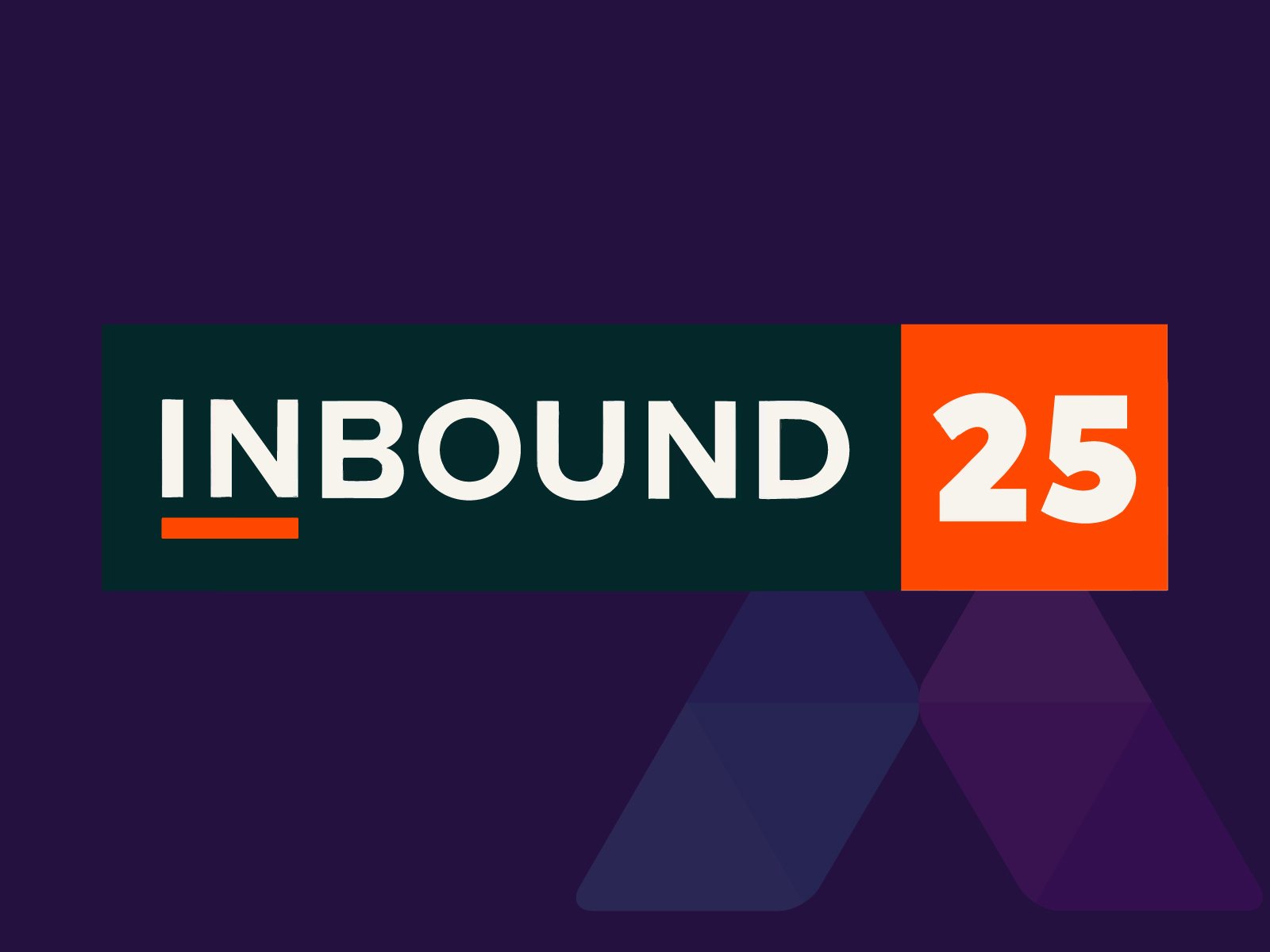For B2B IT, telecom, and cloud providers, simply having a great product or service is no longer enough to stand out from the crowd. Today's customers have more choices than ever before, and their expectations are sky-high. Even scarier: failing to meet these heightened expectations often means facing major customer churn.
Luckily, an effective IT marketing strategy can transform your brand from yet another name in the market into a trusted partner in the eyes of your clients. Read on for proven strategies to help you use IT marketing to grow your brand and boost your bottom line.
What Is IT Marketing?
IT marketing refers to the strategies and tactics technology companies use to promote their products and services, build brand loyalty, and attract new clients. It's about much more than advertising, though. IT marketing involves taking a data-driven approach to blend content creation, customer experience enhancement, social media engagement, and more.
The goal of an IT marketing strategy is to reach the right B2B decision-makers on the right channels to increase sales. By leveraging the right digital marketing techniques, technology providers can establish themselves as trusted industry experts, foster long-term loyalty, and keep that sales pipeline brimming.
Common IT Marketing Struggles
While the importance of strategic IT marketing is clear, many tech companies still struggle to gain traction. You're likely familiar with some of these marketing challenges:
- Connecting with tech-savvy buyers who demand frictionless, multichannel experiences
- Cutting through the noise of an ultra-competitive and crowded marketplace
- Developing messages that truly resonate with your target audience
- Crafting new campaigns consistently with a resource-strapped marketing team
- Proving the impact of your marketing efforts on sales and revenue growth
Overcoming these headaches involves developing IT marketing strategies that are laser-focused on optimizing the entire buyer's journey, from brand awareness to post-purchase advocacy. With the right approach, tech providers can establish a strong edge, boost customer lifetime value, and lay the groundwork for sustainable business growth.

11 Proven IT Marketing Strategies for Tech Providers
Ready to take your technology brand to new heights? Check out these 11 proven IT marketing tactics to supercharge your results:
1. Design a Website That Wows
Your website is the central hub of your online presence - it's often the first place potential customers will encounter your brand. That's why creating a high-performing, user-friendly website should be top of the list for any IT marketing plan.
Your website should be more than just a static brochure. It should be a dynamic, lead-generating asset that engages visitors, showcases your expertise, and makes it easy for them to learn about and purchase your solutions. Focus on:
- Responsive and mobile-friendly design
- Intuitive, easy-to-navigate user experience
- Consistent messaging and branding
- Engaging, SEO-optimized content (blogs, case studies, etc.)
- Clear calls-to-action that drive conversions
- Integration with your CRM, marketing automation, and other tech tools
Remember, your website is likely the first touchpoint prospective clients will see. Make sure it makes a positive impression.
2. Define Your Unique Value Proposition
The IT market is crowded, so your technology services and products alone won't help you stand out. You need to effectively communicate what makes your brand truly one-of-a-kind by nailing down your unique value proposition (UVP) and incorporating it into your messaging.
Understanding your UVP starts with in-depth market research to understand your competitors' positioning and identify gaps you can fill. Conduct customer focus groups, interviews, and surveys to uncover their biggest pain points, needs, and desires. Then, develop a clear, benefit-driven USP statement that speaks directly to what your ideal customers value most.
Whether it's superior network coverage, industry-leading support, or solid SLAs, make sure to highlight your UVP across all your marketing channels consistently.
3. Create Quality Content
When done right, content marketing can be a very valuable investment for B2B IT, telecom, and cloud providers. A staggering 84% of B2B businesses say content marketing has helped them raise brand awareness, while another 76% have said it has successfully boosted lead generation.1 So even though writing engaging, easy-to-understand content that resonates with your audience can be a major challenge for IT marketers, it's one you can't afford to ignore.
Leverage a mix of blogs, videos, infographics, case studies, and other assets to attract prospects, nurture leads, and keep existing clients informed. Popular digital marketing content for B2B tech companies includes:
- Educational blog articles covering IT industry trends, tips, and FAQs
- Product tutorials and how-to videos
- Visually engaging infographics on complex tech concepts
- Customer success stories and testimonials
When creating content, keep the focus on providing genuine value, not just promoting your products. Tackle common customer pain points head-on, share insightful industry analysis, and position your brand as a trusted advisor with all the answers.

4. Build Online Credibility
B2B buyers are inherently skeptical, so you need to go above and beyond to demonstrate your expertise, reliability, and commitment to solving their problems.
One of the best ways to build online credibility is through third-party validation. Showcase glowing client testimonials, case studies, and reviews on your website and social media platforms. Earn industry awards, certifications, and media mentions that reinforce your authority. And position your team as thought leaders by guest-posting on reputable industry blogs.
And don't forget the power of sharing your own original content. Developing a library of valuable, SEO-optimized blog posts, videos, and more can position your brand as a trusted advisor and problem-solver.
5. Master SEO
Search engine optimization (SEO) is non-negotiable for any modern business, but especially for B2B technology providers. Buyers are increasingly turning to Google to research tech solutions, so having a strong organic search presence is critical for connecting with your ideal customers.
Effective SEO for technology companies involves both "on-site" tactics (such as optimizing your website content and structure) and "off-site" strategies (such as building high-quality backlinks). Important elements to focus on include:
- Keyword research to find the most effective search terms
- Crafting search-optimized, value-driven content (blogs, web pages, etc.)
- Ensuring fast site speed and mobile-responsiveness
- Earning high-authority backlinks through guest posts, partnerships, etc.
- Monitoring and regularly updating your SEO performance
By making SEO a core part of your IT marketing strategy, you can significantly boost your brand's visibility, drive more qualified traffic, and outrank your competitors in Google search results.
6. Leverage Marketing Automation Tools
As any IT marketer knows, the modern B2B buyer's journey is complex, fragmented, and often unpredictable. Marketing automation solutions make it easier to optimize your brand's buyer's journey by streamlining and optimizing marketing processes – so you can focus on nurturing leads, personalizing customer experiences, and measuring the impact of your efforts.
From email drip campaigns and lead scoring to social media publishing and analytical reporting, marketing automation platforms give technology companies the ability to deliver the right message to the right prospect at the right time. This not only improves marketing efficiency but also helps align your sales and marketing teams to drive more revenue-generating opportunities.
7. Unleash the Power of Video
Video content has become an essential part of any IT marketing toolkit, with more than half of tech buyers listing video as the most useful form of content.2 In an increasingly visual world, short, impactful videos can be an effective way to capture attention, explain complex solutions, and build deeper connections with potential clients.
The types of videos you can create and share are endless, from product demos and how-to videos to customer testimonials and thought leadership pieces. Focus on crafting videos that are entertaining, educational, and, above all, valuable to your target audience. Leverage animated explainers, fun brand storytelling, and behind-the-scenes glimpses to make your videos really pop.

8. Share Original Research
Conducting and publishing original research can be an effective marketing strategy for establishing your business as a trusted authority in the IT sector. Uncovering and sharing unique data, insights, and trends demonstrates your expertise – and may even earn valuable media coverage and more leads.
Original research can take many forms. You might consider developing an annual industry benchmark report, taking a deep dive into emerging tech, or writing an in-depth analysis of an industry challenge. The key is ensuring the information you publish is truly valuable, actionable, and differentiated from the competition.
Best of all, you can leverage this premium content across multiple marketing channels, from gated downloads on your website to featured presentations at IT industry events. Not only will it help you attract and engage right-fit customers, but it can also serve as a potent sales enablement tool for your team.
9. Amplify Your Message
IT marketing doesn't end at content creation. To get the right eyes on your marketing efforts, you need to have a strategic plan for amplifying your brand's message and reaching your target audience where they are.
Promoting your content across a diverse mix of marketing channels can help you expand your visibility and engagement. Some tactics to consider include:
- Developing a social media marketing strategy to build brand awareness and community
- Launching paid ads to put your content in front of prime prospects
- Automating email nurture sequences to stay top-of-mind with qualified leads and customers
Email marketing was one of the most effective channels for driving conversions in 2023, with a 2.8% conversion rate for B2B businesses. However, 40% of B2B marketers say LinkedIn is the most effective channel for driving qualified leads.3 What works for some may not work for you, which is why it's important to experiment with multiple channels to find where your audience is.
10. Integrate Live Events
It may sound counterintuitive in a post-COVID world, but face-to-face interactions are still very important for B2B tech providers. In-person engagements like IT expos, trade shows, or your own hosted events let you connect with potential customers, demonstrate your expertise, and build meaningful relationships.
Integrating your live events into online marketing tactics, such as email marketing, social media marketing, and paid ads, can help drive attendance and engagement. And don't forget to have lead generation and nurturing systems in place to turn event attendees into new clients.

11. Nurture Your Leads
Lead nurturing – the process of building relationships with potential clients over time – is pivotal for converting prospects into paying clients.
Lead nurturing strategies for B2B tech companies typically revolve around addressing customer needs and demonstrating the value of your solutions to keep your brand top-of-mind. Some lead nurturing tactics to incorporate into your IT marketing strategy might include:
- Automated email drip campaigns with segmented, personalized messaging
- Tailored content recommendations based on prospect interests and behaviors
- Regular touchpoints and check-ins via phone, email, and social media
- Coordinated handoffs between your marketing and sales teams
A well-developed lead nurturing strategy can help tech providers shorten sales cycles, boost close rates, and create loyal customers who become influential brand advocates – that's a win, win, win.
Tips for Implementing Your IT Marketing Strategy
Once you've nailed down your IT marketing plan, it's time to bring it to life. Here are a few tips to help you get started:
Find the Right Content Marketing Partner
It takes a lot of time and effort to create content at scale, especially for overworked marketing teams. That may be why 84% of B2B businesses outsource their content marketing needs to marketing agencies.4 Consider teaming up with a specialized content marketing partner who can handle the heavy lifting – from ideation and production to promotion and performance tracking.
Invest in Your MarTech Stack
To maximize the impact of your IT marketing efforts, you'll need to equip your team with the right mix of tools and platforms. This could include marketing automation software, CRM systems, SEO tools, and more. Take the time to research, test, and integrate the solutions that will work best for your unique needs.

Tap Into the Power of Customer Data
The more you know about your target customers, the more effective your marketing campaigns will be. Leverage customer data like demographics, browsing behaviors, and purchase histories to create highly personalized, relevant marketing campaigns that speak directly to what your audience cares about.
Get Sales and Marketing on the Same Page
For IT marketing campaigns to truly succeed, it's critical that your sales and marketing functions are tightly aligned. Establish clear communication channels, shared goals, and seamless handoff processes to ensure a consistent, coordinated customer experience.
Amplify Your IT Marketing Strategy With Mojenta
For IT marketers, driving profitable growth and staying ahead of the competition requires a marketing strategy that leverages the perfect mix of digital channels and tactics. However, creating an IT marketing strategy – from developing a strong web presence and crafting compelling content to mastering SEO and amplifying your brand's message – takes time and effort that your marketing team may not have.
If you're an overwhelmed marketing leader in the B2B tech space, Mojenta can help. As a full-service marketing agency focused exclusively on the telecom, IT, and cloud industries, we speak your language and can help you drive real, measurable results – fast. Our team of marketing experts can support nearly any activity under the marketing umbrella, from website development and content marketing to outbound marketing and beyond.
Ready to take your IT marketing to new heights? Book a consult with Mojenta today.
Sources:




